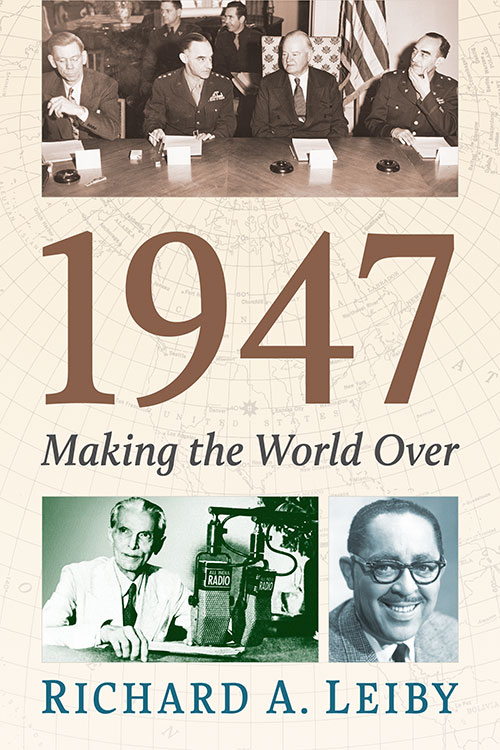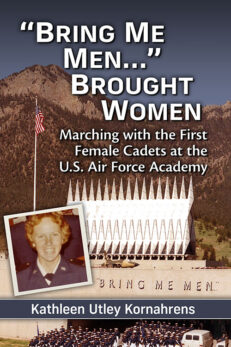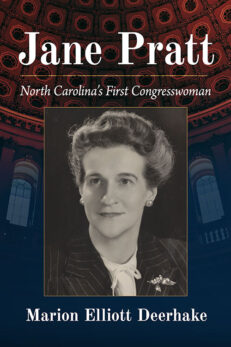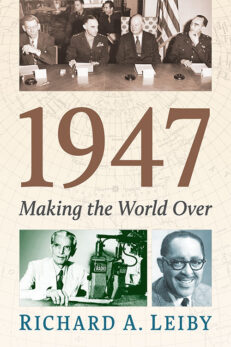1947
Making the World Over
$39.95
In stock
About the Book
World War II ended in 1945, but its effects were still being felt long after the surrender of Nazi Germany and Imperial Japan. Shortages in food, energy, and industrial production continued to plague much of the world, especially Europe, where strained economies teetered on the verge of collapse. As millions of war-weary people across the globe struggled to build a better future, the decisions made in 1947 proved crucial in ending the wartime milieu and ushering in a new and more stable age.
This book explores a wide variety of topics ranging from U.S. politics and international relations to big band jazz music, race relations in sports, and television technology, to tell the story of a world in transition. While focusing on the experiences of less well-known individuals who are often excluded from histories of the period, the author combines information from interviews with archival and secondary sources to explain why 1947 was a pivotal year in the emergence of the contemporary world.
About the Author(s)
Bibliographic Details
Richard A. Leiby
Format: softcover (6 x 9)
Pages: 242
Bibliographic Info: 18 photos, notes, bibliography, index
Copyright Date: 2025
pISBN: 978-1-4766-9534-1
eISBN: 978-1-4766-5486-7
Imprint: McFarland
Table of Contents
Acknowledgments vii
Preface 1
Introduction 5
Chapter 1. The “Reluctant Spring”: How the Winter of 1947 Affected Europe’s Historical Trajectory 11
Chapter 2. “Sustaining Virtues”: Herbert Hoover and the Rehabilitation of Germany 28
Chapter 3. “A Stitch in Time”: Arthur Vandenberg and the Truman Doctrine 54
Chapter 4. “Up from the Dust”: Mohammad Ali Jinnah, Masood Ghaznavi, and the Creation of Pakistan 75
Chapter 5. “One-in-a-million”: Sgt. Paul Shimer and the Rise of the Anglo-American Partnership 100
Chapter 6. “Making Democracy Practical”: Wendell Smith’s Crusade for Racial Equality in Sports 117
Chapter 7. “Nervous Frustration”: Stan Kenton and the Decline of the Swing Band Era 140
Chapter 8. “See Yourself!” Irene Murphy and American Television’s Coming of Age 166
Epilogue 193
Chapter Notes 197
Bibliography 217
Index 225





